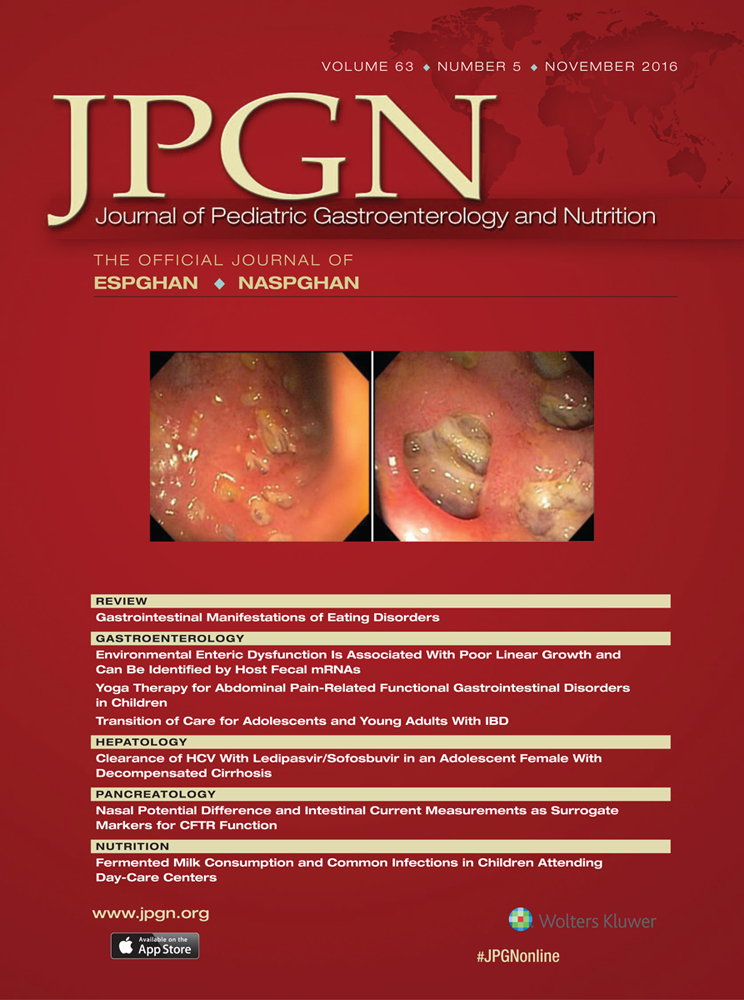Combined Multichannel Intraluminal Impedance and pH Measurement in Detecting Gastroesophageal Reflux Disease in Children
The authors report no conflicts of interest.
ABSTRACT
Objective:
The aim of the study was to evaluate and compare multichannel intraluminal impedance-pH (MII-pH) monitoring with standard investigations including pH testing for detecting gastroesophageal reflux disease (GERD) in children.
Methods:
A retrospective review of all MII-pH studies performed between July 2007 and March 2013 at Sydney Children's Hospital. Results from MII-pH testing, esophagogastroduodenoscopy (EGD), barium meal and pepsin assay, symptoms, underlying comorbidities, age, and medication usage were evaluated.
Results:
An additional 47.18% of children had GERD detected by MII-pH testing, which would have been missed by pH testing alone. Based on symptomatology, 50.49% of children with respiratory symptoms as a result of GERD and 47.54% of those with gastrointestinal symptoms would have been missed by pH testing alone. GERD was detected in an additional 39.47% of children with neurological impairment, 44.44% for those with cystic fibrosis, and 52.17% for those with esophageal atresia-tracheoesophageal fistula by MII-pH. In patients with persistent symptoms on anti-reflux medication, GERD would have been missed by pH testing alone in 50.40%. GERD was detected in an additional 62.79% of infants and 42.76% of older children by MII-pH compared with pH testing alone. With reference to MII-pH, the sensitivity of other standard investigations, pH testing (32.35%), barium meal (25.00%), EGD (45.26%), and pepsin assay (48.89%) was significantly lower in the detection of GERD in children. Of all abnormal MII-pH results, 51.1% were abnormal because of symptom association alone.
Conclusions:
Combined MII-pH testing is superior to standard investigations such as 24-hour pH testing, barium meal, EGD, and pepsin assay in detecting GERD in children, particular because of its ability to associate symptoms with acid and non-acid reflux events.




